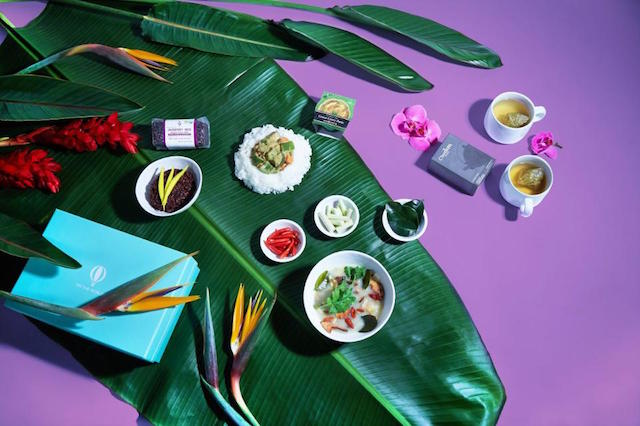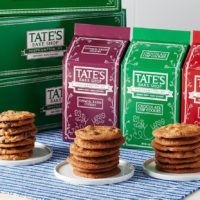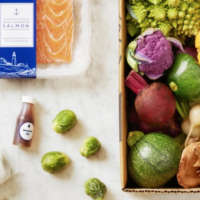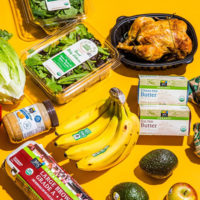Every week we track the business, tech and investment trends in CPG, retail, restaurants, agriculture, cooking and health, so you don’t have to. Last week’s top news centered around the challenges retail companies and food kits are facing when it comes to profitability and growth. Blue Apron, the most successful meal kit company to date, delayed an IPO last year due to heavy spending on customer acquisitions. Whole Foods continues to struggle with competition from other grocers that sell organic items at cheaper prices. Try The World, an exotic foods subscription service catering to millennials, doubled its revenue in 2016.
Check out our weekly round-up of last week’s top food startup, tech and innovation news below or peruse the full newsletter here.
Our newsletter is the absolute easiest way to stay on top of the emerging sector, so sign up for it today and never miss the latest food tech and innovation news and trends, Already signed up? Share the love with your friends and colleagues!
_______________
1. How Office Catering Startup Ox Verte Bootstrapped Its Way to Profitability
Founder Jessie Gould shares her top takeaways of launching a food startup without investors.
2. This Edible Water is How You’ll Drink in the Future – Fast Company
A new “water bottle” called the Ooho is a gelatinous sphere filled with water. The edible sphere is made from food ingredients, but can also be composted if you choose not to digest it.
3. How a Gourmet Food and Snack Startup Catering to Millennials Doubled Its Revenue – Forbes
Try The World, an exotic snacks subscription service has acquired competitor Hamptons Lane for an undisclosed amount. Founders Kat Vorotova and David Foult say the evolution of the American palate has helped revenue jump from $7M in 2015 to $14M in 2016.
4. Inside Blue Apron’s Meal Kit Machine – Bloomberg
Blue Apron is the most successful meal delivery company to date, but it’s spending heavily to acquire and keep customers.
5. An On-Demand Delivery Startup Has Started Selling Healthy Fast Food Out of a Former McDonald’s – Business Insider
Paleo meal delivery service Mealmade has converted a former McDonald’s into its new headquarters. The front of house will soon serve as a dining area where customers can enjoy quick and healthy meals.
6. The Winner of the Meal Kit Market Won’t be a Meal Kit Company After All– Tech Crunch
Meal kit companies are facing an onslaught of competition from newcomers and big food companies. To stay profitable, they need to diversity their offerings.
7. If Nutrition Labels Looked Like This, Your Attempts to Quit Sugar Might Actually Work – Quartz
If nutrition labels were designed to visualize ingredient proportions, it would likely be easier to avoid sugary foods. An ad campaign from a German consumer interest group shows how much sugar is used in foods like Nutella.
8. Millennials Drive Specialty Food Sales to New Heights – FoodDive
The specialty food industry ate up $127B of sales in 2016, up 15% from 2015. More people are buying specialty products online, especially millennials, with direct-to-consumer and third-party e-commerce accounting for 36% of all sales.
9. Whole Foods’ Organic Problem—Shoppers Naturally Prefer Cheaper Options – Quartz
Now that conventional grocery stores offer organic options at competitive prices, Whole Foods is struggling to keep customers.
10. Where in the World is this Food From? Traceability Initiatives Let Consumers Know – FoodDive
Responding to consumer demand for traceability, manufacturers like Hershey’s are developing digital solutions that give people more information about what goes into their food.
Our newsletter is the absolute easiest way to stay on top of the emerging sector, so sign up for it today and never miss the latest food tech and innovation news and trends, Already signed up? Share the love with your friends and colleagues!






